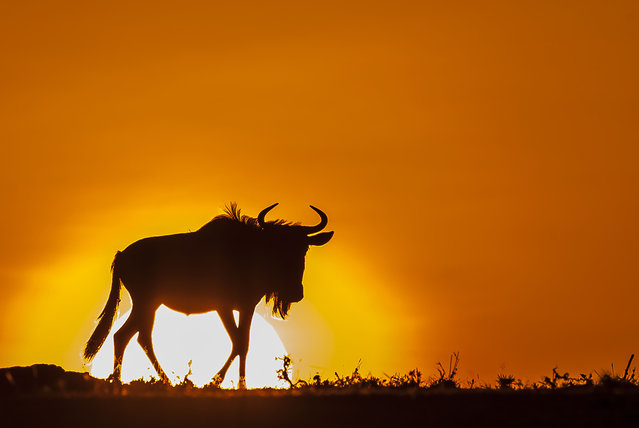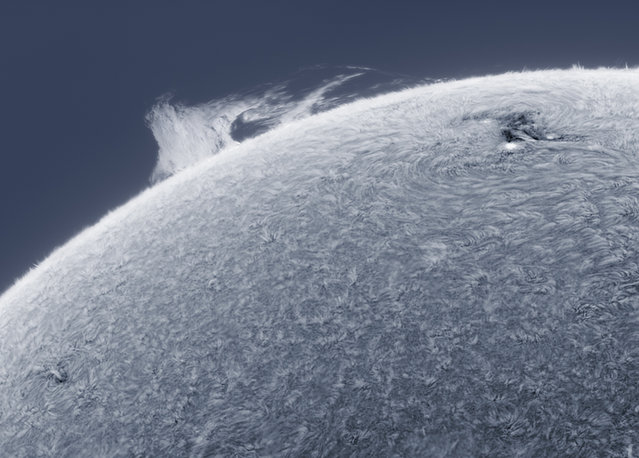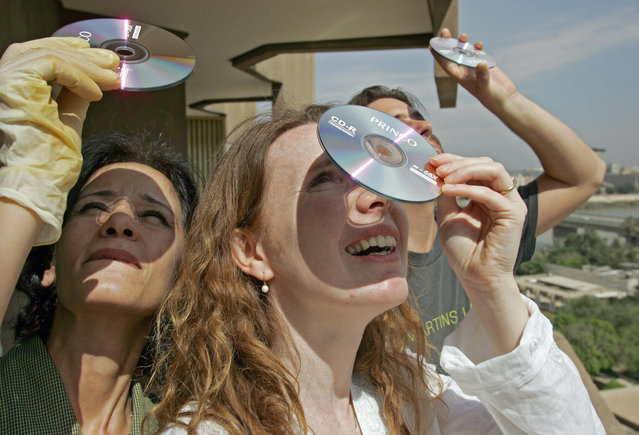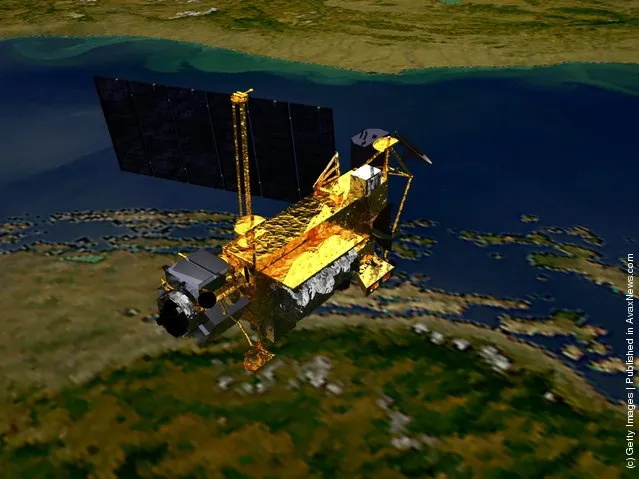
An illuminated Grangemouth Oil Refinery emits smoke on March 29, 2012 in Grangemouth, Scotland. Government ministers appear to have caused sporadic panic buying of fuel after suggesting that motorists should store petrol in jerry cans at home. Tanker divers have announced that they will strike over pay and conditions, although they have not yet given a date. (Photo by Jeff J. Mitchell/Getty Images)
30 Mar 2012 11:00:00,post received
0 comments







